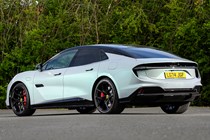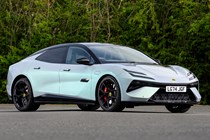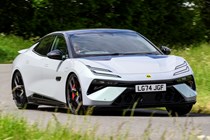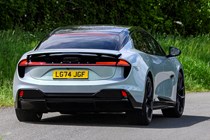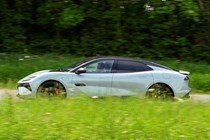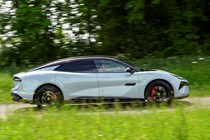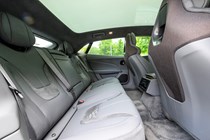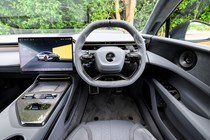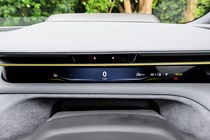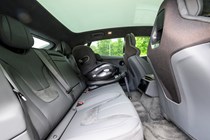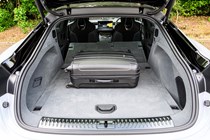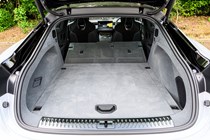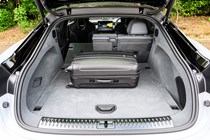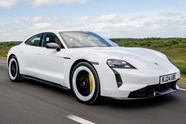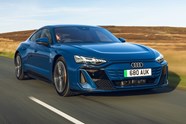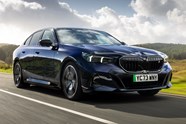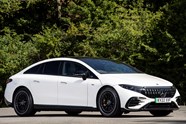
Lotus Emeya review: a great luxury car, but not a great Lotus
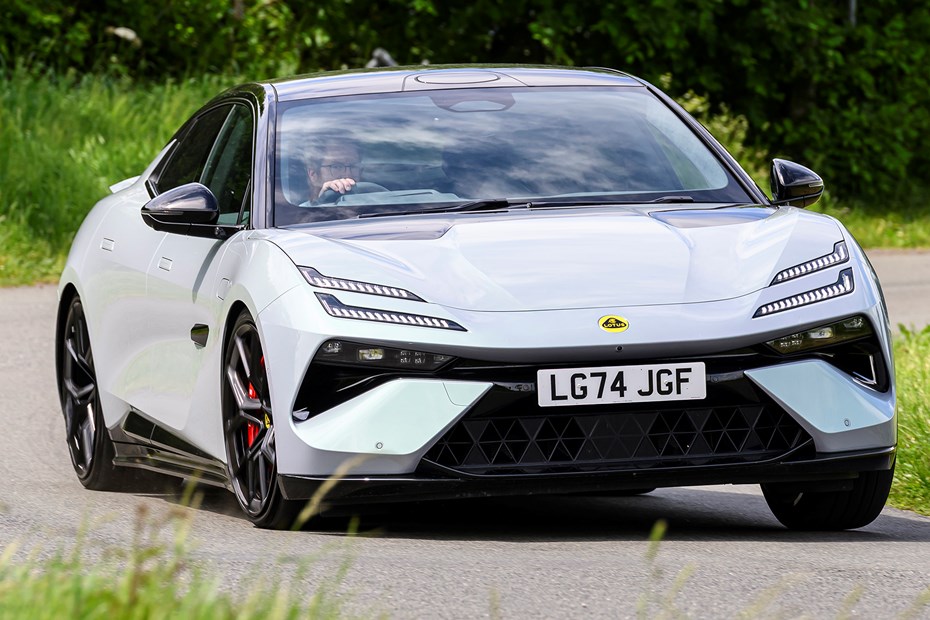
At a glance
| Price new | £86,305 - £146,805 |
|---|---|
| Used prices | £47,458 - £103,968 |
| Road tax cost | £195 - £620 |
| Insurance group | 50 |
Get an insurance quote with

|
|
| Fuel economy | 2.5 - 3.5 miles/kWh |
| Range | 270 - 379 miles |
| Miles per pound | 4.0 - 10.3 |
| Number of doors | 4 |
| View full specs for a specific version | |
Available fuel types
Fully electric
Pros & cons
- High-quality interior
- Comfortable ride quality
- Keen handling in corners
- A Porsche Taycan is more fun
- Grabby carbon ceramic brakes
- 900 version a handful in launch mode
Lotus Emeya Saloon rivals
Overview
Should you buy a Lotus Emeya?
The Lotus Emeya is a very specific sort of car for a very specific sort of buyer. Large, luxurious electric cars such as this are proving a tough sell but, in that sector of the market, the Emeya is a strong contender. It’s hugely spacious and comfortable, effortless to drive, surprisingly practical and its interior is a truly lovely place to spend time.
But it doesn’t convince as a sports saloon. It’s certainly fast – preposterously so in the case of the Emeya 900 – but doesn’t engage the driver in the way the Porsche Taycan or even the BMW i5 M60 do. And that’s a big misstep from a brand built on cars that are joyous fun to drive. It’s also pretty inefficient, not getting anywhere near the official range figures.
It’s certainly well worth considering, for its charms are many. But they’re more about luxury and comfort than sporty driving, so it’s doesn’t appeal on the same level most people expect of a Lotus. You may be able to get past that, the sales figures suggest many can’t.
What’s new?
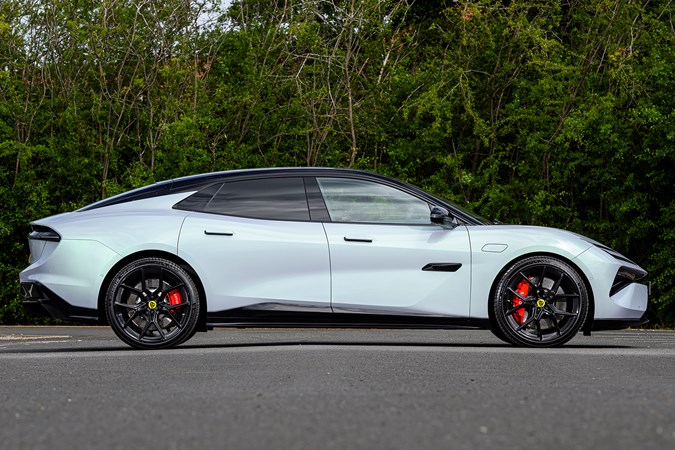
The Lotus Emeya is the Norfolk brand’s second luxury EV after the Eletre SUV, and its first saloon since the legendary Lotus Carlton of the 1990s. It’s not a traditional saloon though, with Lotus referring to it as a ‘hyper-GT’. Underneath the Emeya we find the same platform and powertrains the Eletre uses, albeit repackaged to lower the car’s profile, improve battery cooling and cut charging times.
The result is a 5.1-metre long saloon/coupe mashup that seats five – four if you spec the optional rear recliners – and comes with a practical hatchback. The Emeya displays the same design ‘language’ as the Eletre; it’s certainly a striking-looking thing that one of our testers noted got more positive attention than any other car he’s had at home. Interior quality is truly impressive, helping the Emeya feel luxurious for those up front or in the back.
Considering the relative lack of sales in the luxury EV saloon sector, the Emeya has a surprising number of rivals. Most obvious is the Porsche Taycan and Audi E-Tron GT at the sportier end of the spectrum, or there’s the BMW i7 and Mercedes EQS at the luxury end. We’ll also lump in the (slightly) more affordable BMW i5, and we’re in the same territory as combustion cars such as the Audi S8, Mercedes-AMG S-Class and Porsche Panamera.
The Emeya was initially available in S and R variants that have been replaced by the Emeya 600 and Emeya 900, respectively. The number corresponds to how much horsepower they have. On top of that, you can choose from various trim and equipment packages. The lower-power models currently start at Emeya 600 and end at Emeya 600 Sport SE; there’s Sport and Sport Carbon variants of the 900.
They all come groaning under the weight of standard features including a 15.1-inch infotainment display with Apple CarPlay/Android Auto connectivity, Nappa leather seats with heating and electric adjustment, adaptive cruise control and a high-end KEF stereo.
Over the next few pages, we’re going to cover every aspect of the Lotus Emeya including how practical it is, what its interior is like, what it’s like to drive and what it costs to run. Then we present our verdict, including ratings out of five for various areas of the car. If you’d like to know how we reach the conclusions given here, check out our page on how we test cars at Parkers.



